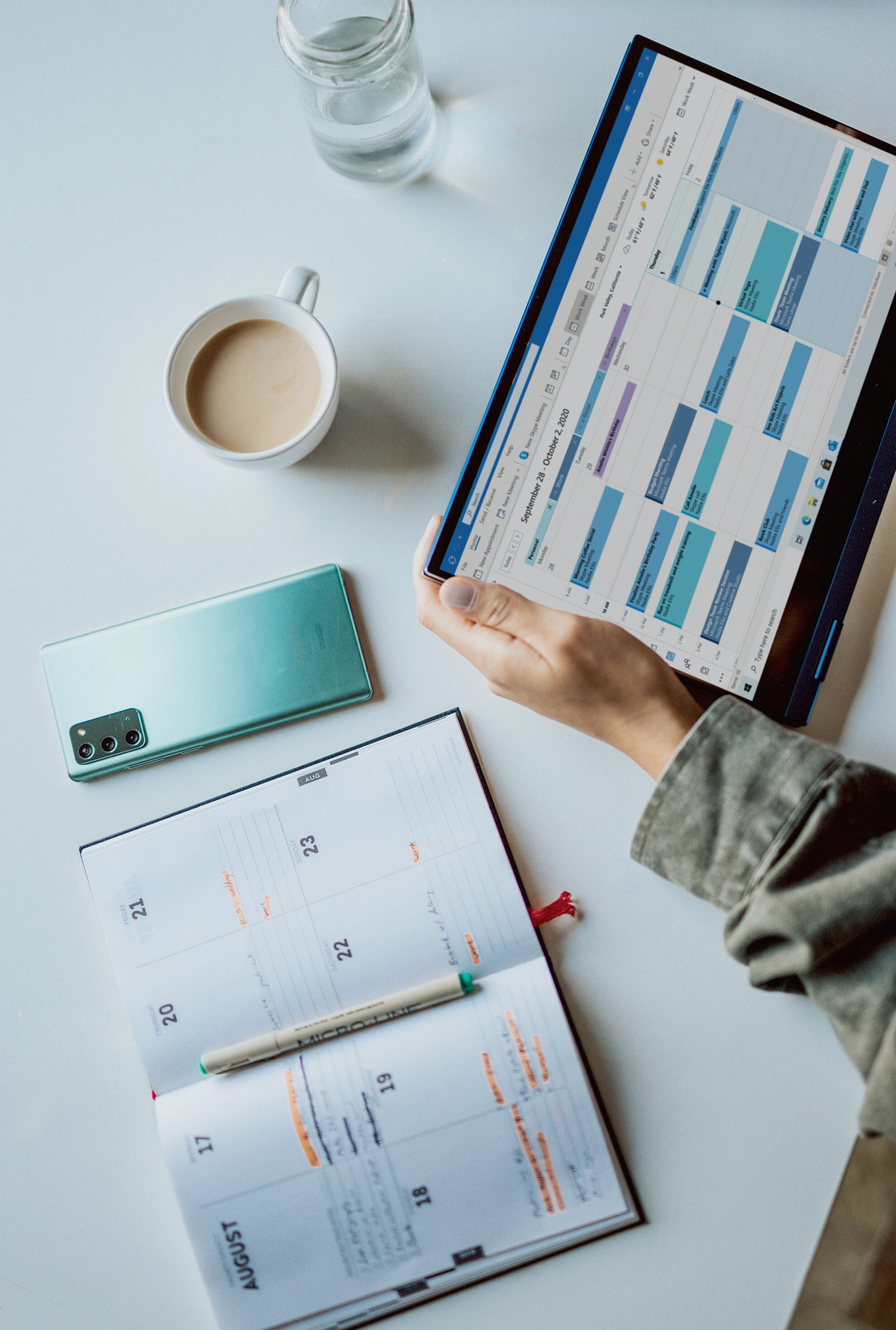
Track Culinary Online.
Role: UX Designer from conception to delivery
Duration: June 2021 (2 weeks)
PROJECT OVERVIEW:
Track Culinary Online is an online cooking school that offers a mentor program with established chefs. The typical student is between 18-40 years old and most are either just out of high school or looking to start a new career later in life. TCO’s mentor program is designed so that students can make an informed decision and feel confident they picked the right mentor.
Goals.
Create an intuitive flow for users to connect with a mentor.
Provide a diverse group of users with enough information to make them feel confident about their selection without overwhelming them.
Design a responsive website that is cohesive across computer and mobile screens.

Initial research
Personas.
After conducting user interviews, I created personas to shape my app.
Zach.
AGE: 18
EDUCATION: High school diploma
HOMETOWN: Yorktown, NY
FAMILY: Single
Occupation: Pizza delivery guy
Zach is a shy student who needs to find the right mentor because he wants to build confidence in new skills.
Tai.
AGE: 37
EDUCATION: Bachelor’s degree
HOMETOWN: Bloomfield, IL
FAMILY: Lives with partner
Occupation: Retail manager
Tai is a student looking to start a new career who needs to find the right mentor because he wants connections in the field that lead to job offers.
Competitive Audit.
Through researching both direct and indirect competitors I found opportunities to create a successful app through the gaps in their designs.
1. The common structure to choosing a mentor involved knowing what you wanted before arriving at their websites.
2. Designs were bare bones and unappealing.

Wireframes and lo-fi prototype
Keep it simple.
I created a Sequential user-flow with three steps. This approach would guide overwhelmed users through the process. I also made the “tips” and “explore” sections so that information is available to help users educate themselves on their decision.



Usability study.
Findings.
I conducted an unmoderated usability study with six participants of all genders who like to cook. Their ages ranged from 22-34. I learned that there were two main pain points for users, with the overarching issue being the user-flow.
50% of users overlooked the “explore” and “tips” options.
Users overlooked the link to helpful information and missed out on a learning opportunity.
INSIGHT: Make the “explore” page more prominent and appealing to click through.
50% of users could not connect to a mentor through the “explore” page, having to navigate back to the homepage to start a new path.
Users overlooked the link to helpful information and missed out on a learning opportunity.
INSIGHT: Make the “explore” page more prominent and appealing to click through.
Solution.
Both of these issues were solved by creating three separate pathways to connecting with a mentor for different user’s needs.
A user can explore options, complete a questionnaire to be matched, or simply select the mentor they want from a filtered list.
All pathways are displayed equally prominent so that a diverse group of users can all find their way to the perfect match.

Mock-ups and High-fidelity prototype.

Adapting to mobile screens.
Make it stand out.
To respond to a smaller screen, I created many carousels for information laid out on the website.
I also switched to a one or two column layout throughout the design.

Assessing Goals.
Create an intuitive flow for users to connect with a mentor.
Pages are structured sequentially so that users can only move on to a page that helps them complete their task. All of the pathways end at the same screen: messaging a mentor.
GOAL ACHIEVED.
Provide a diverse group of users with enough information to make them feel confident about their selection without overwhelming them.
By creating the explore page, users can access to a lot of information. They are able to choose which topics appeal to them and learn more without having to sift through information they are not interested in.
The button to direct users to a random information page is a fun way to introduce users to something new without them having to seek it out. They can learn about things they did not even know existed.
These additions make users feel informed on their selections.
GOAL ACHIEVED.
Design a responsive website that is cohesive across computer and mobile screens.
I was able to keep most of the imagery consistent throughout the different sized screens. Also, by having a simple and efficient design, I was able to include all of the options that were on the website on the mobile version.
GOAL ACHIEVED.
Takeaways
I realized the importance of sitemapping.
I saw how a good sitemap can automate a process to make it as efficient as possible.
I learned how trying to make one solution for a variety of very different types of users is not always the best approach. It’s better to provide three simple solutions that meet users different needs instead of one umbrella solution that only partially meets all of the users needs.













